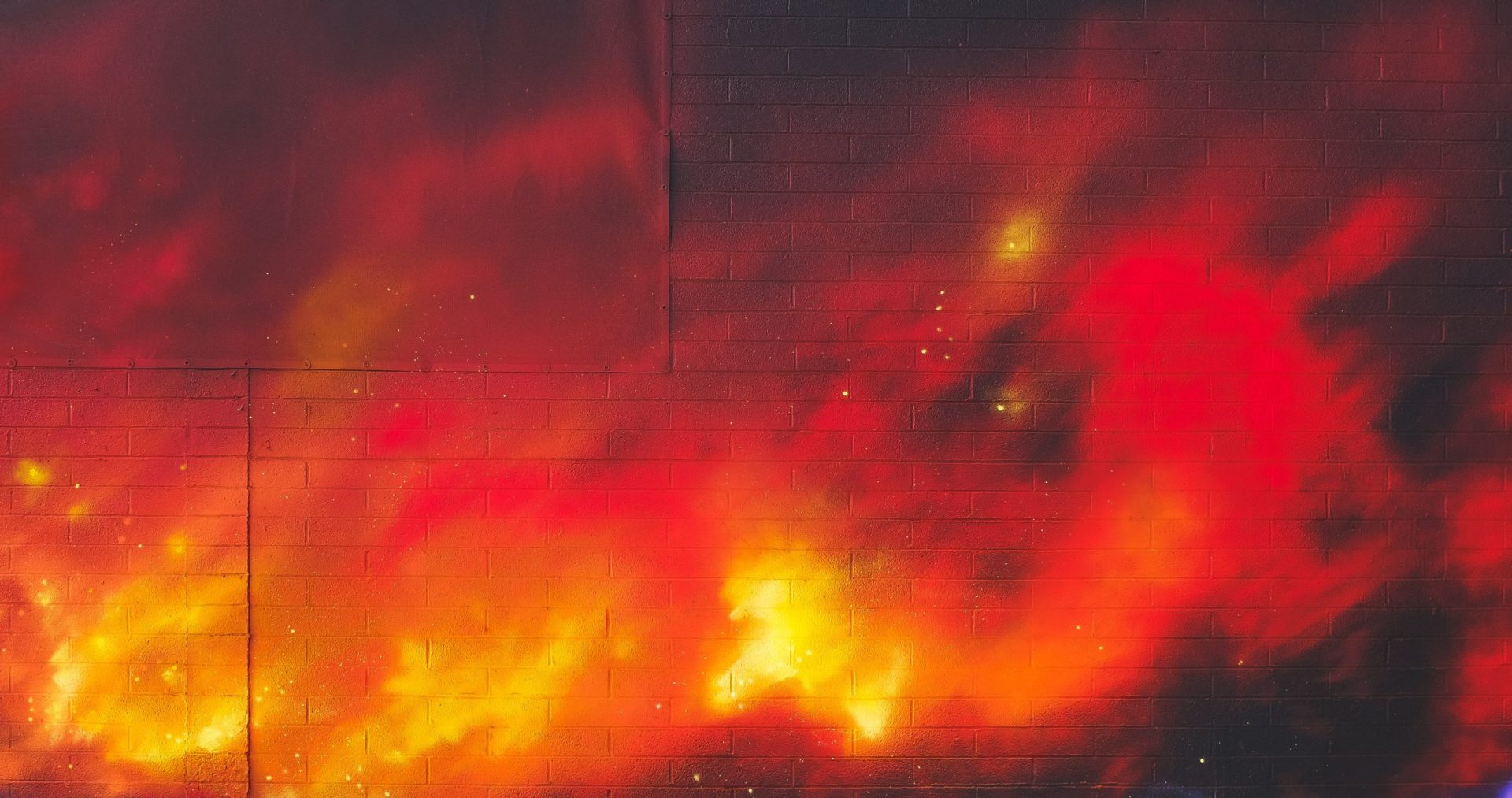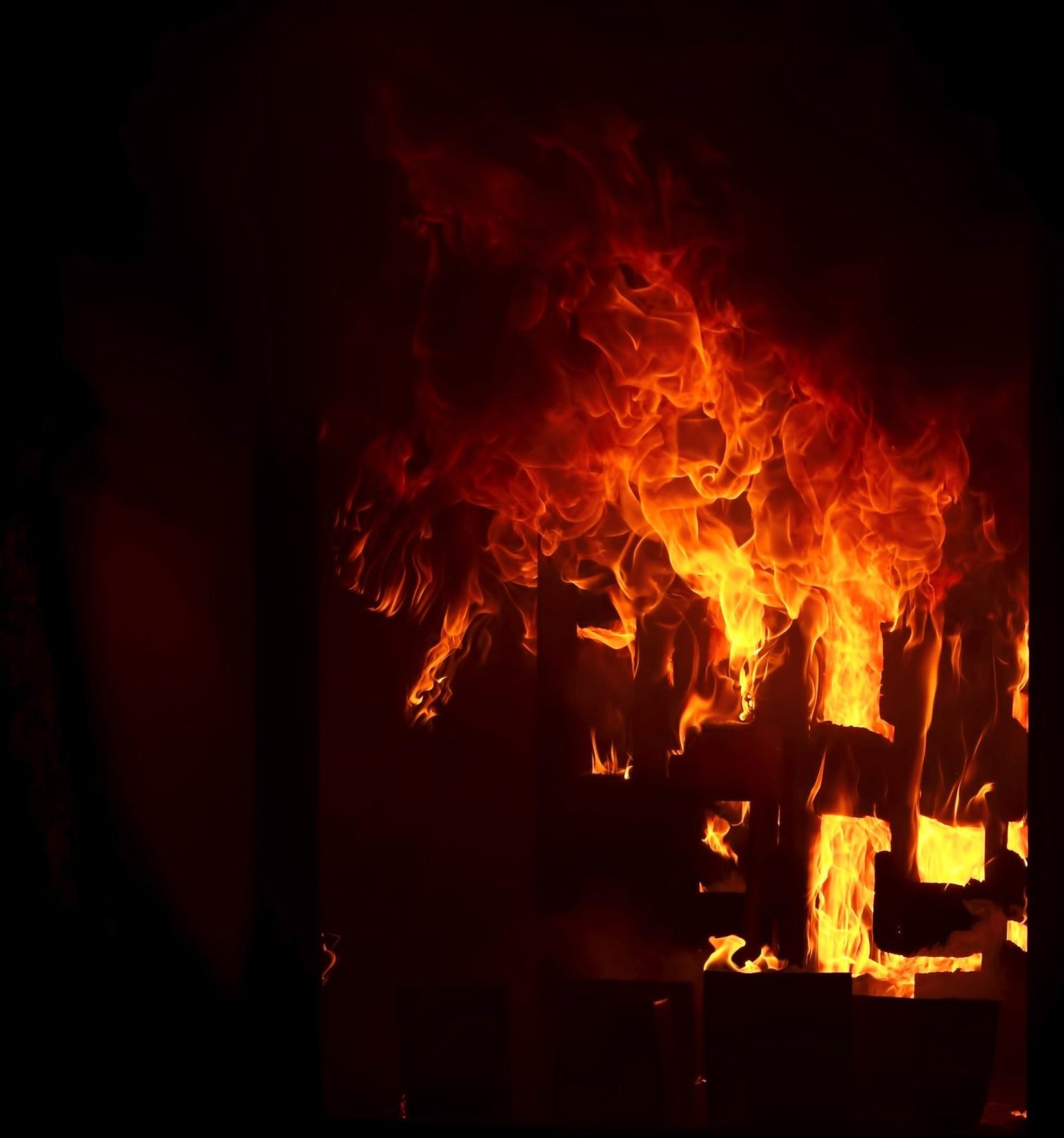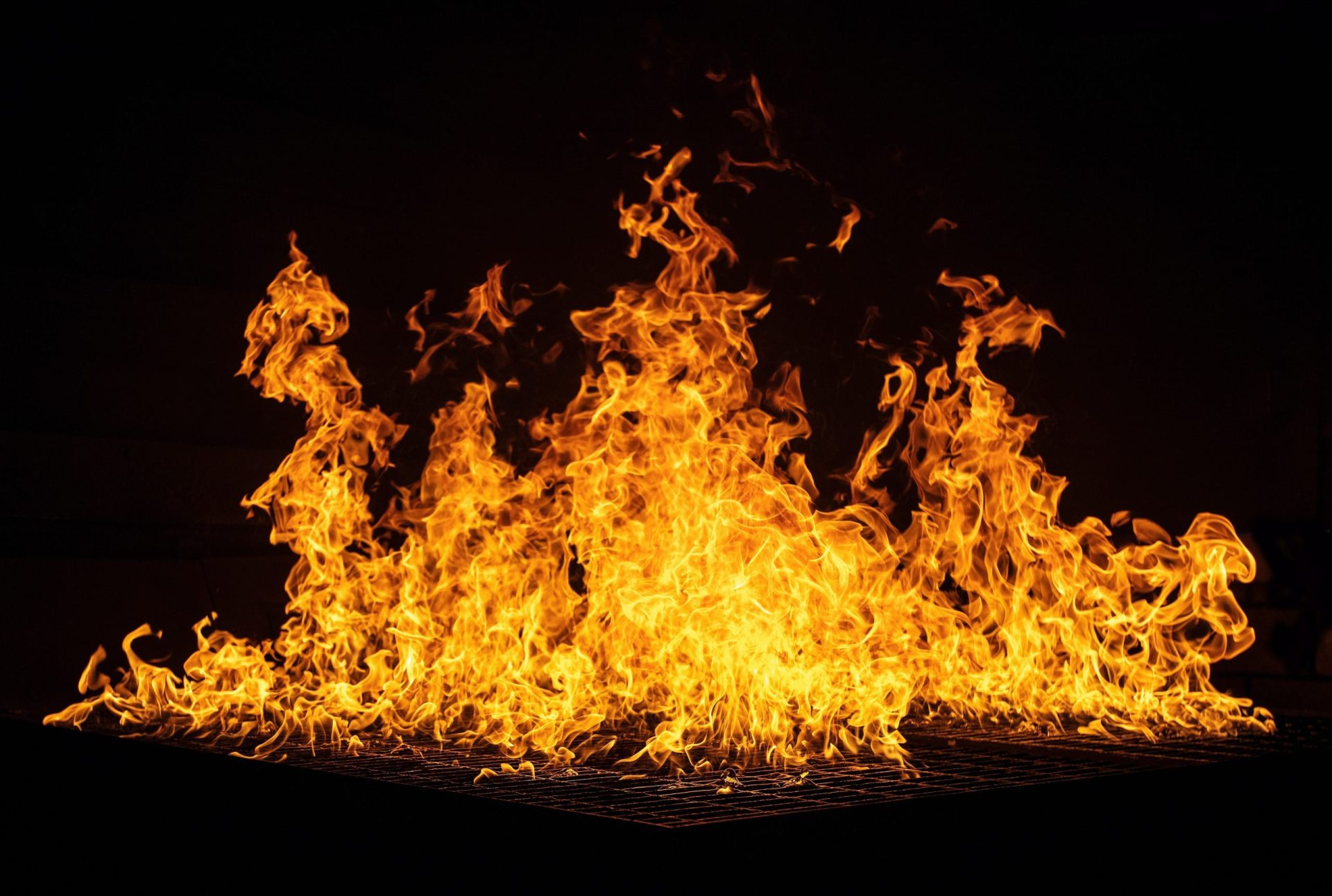Tech Tips with Bob: The NFPA 285
By Bob Sanderson, RRC, REWC
March 6, 2023

|
Have you ever wondered about walls being tested for fire safety? If you don’t know what an NFPA 285 is or haven’t heard of it before, you’re probably in the same boat as 95% of the rest of the world (a completely made up estimation). However, this particular standard may be of interest, as it involves testing the ability of fire to spread on certain wall components. The National Fire Protection Agency (NFPA) published these standard fire tests to evaluate the ability of an exterior wall to resist certain flame propagation. In other words, to see how quickly and excessively fire travels up walls. Image: Kenny Eliason on Unsplash |

|
The walls are evaluated by their ability to resist:
What does this look like? Let’s get to the interesting part – actually fire testing the walls. Image: Ricardo Gomez Angel on Unsplash |

|

The NFPA 285 test takes place using a prop that is 18 feet tall, 13 feet and 4 inches wide, and has a 78-inch-wide window opening. Two gas burners are the fire sources, with one located inside the first floor, and one as a window burner on the exterior side. The wall to be tested is assembled just like it would be assembled in the field. Normally, these tests are required for buildings with certain types of occupancies (I, II, III, or IV), especially if the buildings have multiple stories. The fire is started on the first floor, and the plume that comes out of the window on the exterior of the wall is what is being measured. The purpose of the test is to see if the fire will travel up the wall too high or to the sides of the wall too widely, spreading to other floors of the building. The goal is to prevent combustibles on the second floor from igniting. One of the pass/fail criteria of the NFPA 285 is if the fire reaches over 10ft high within a certain timeframe.
